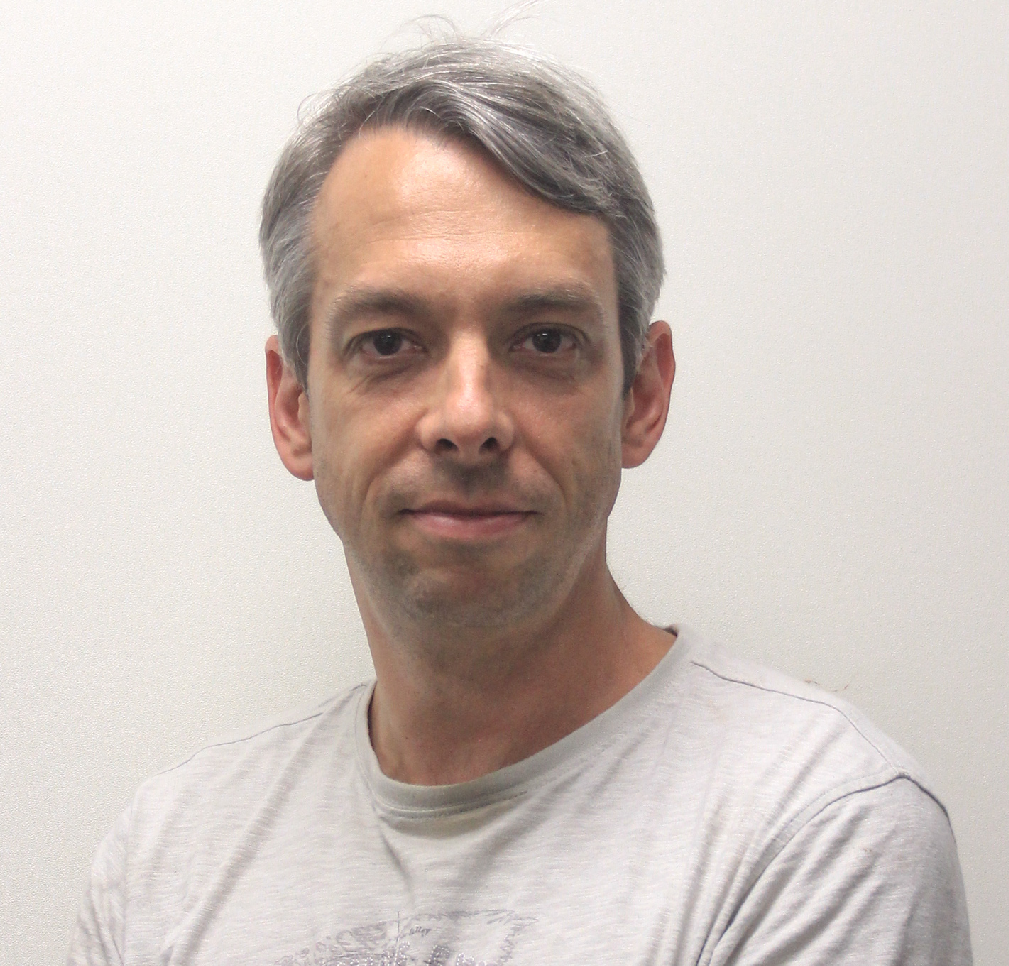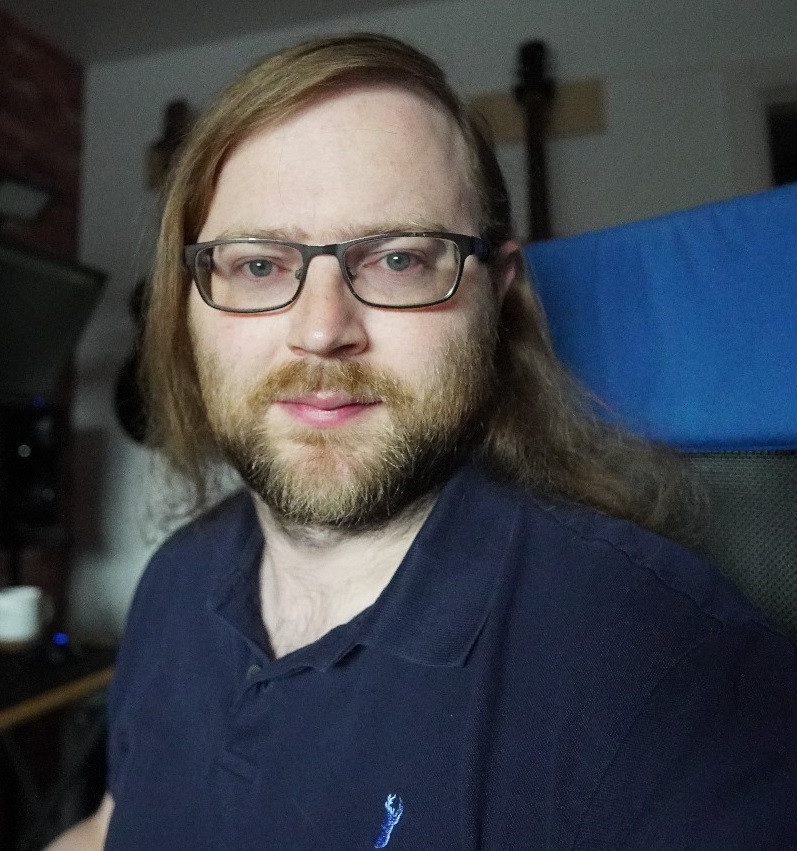Hardware and software solutions for real time correction of atmospheric turbulences
.jpg?ext=.jpg)
16 May 2024 10:00 - 11:00
Eastern Daylight/Summer Time (US & Canada) (UTC -04:00)
Join us for an illuminating webinar where we dig into the cutting-edge realm of real-time computer astronomy and its pivotal role in advancing laser optical communication to correct the atmospheric turbulences. In this session, we will explore how breakthroughs in computational techniques and associated hardware, are transforming the field of astronomy, enabling researchers to process vast amounts of data instantaneously and uncover celestial phenomena in unprecedented detail. One of the most exciting applications of real-time computer is its integration with laser and quantum communication technologies.
Whether you're an astronomy enthusiast, a communications engineer, or simply curious about the latest advancements in science and technology, this webinar offers a unique opportunity to gain knowledge and engage without filters with experts at the forefront of these groundbreaking fields.
Speakers
Olivier Guyon
Doctor / Astronomer
Dr Guyon develops and validates innovative techniques for detecting and characterizing Extrasolar planets. His research includes coronagraphy, wavefront sensing techniques for Adaptive Optics, and astrometry. Dr Guyon is currently leading the Subaru Coronagraphic Extreme Adaptive Optics (SCExAO) group at the Subaru Telescope to use these new techniques on the Subaru telescope for exoplanet detection and characterization. At the University of Arizona, Dr Guyon is developing high contrast imaging techniques for current and future ground and space-based telescopes.
David Barr
Doctor / RTC Engineer
Dr. David Barr holds an Engineering doctorate in Adaptive Optics real-time control for ELT scale telescopes6, achieved from Heriot Watt University in Edinburgh and collaboration with the UK Astronomy Technology Centre. Following its completion in 2016, he relocated to Munich, where he spent six years at the European Southern Observatory. During this time, he contributed to the delivery of projects such as SPHERE, AOF, and ERIS, alongside working on ELT projects. Transitioning to Durham University in 2022, he assumed leadership of a team responsible for implementing the adaptive optics control system for HARMONI. Additionally, he co-created DAO, a new RTC in collaboration with Sylvain Centre, now widely adopted in labs and telescopes worldwide.
.png)


